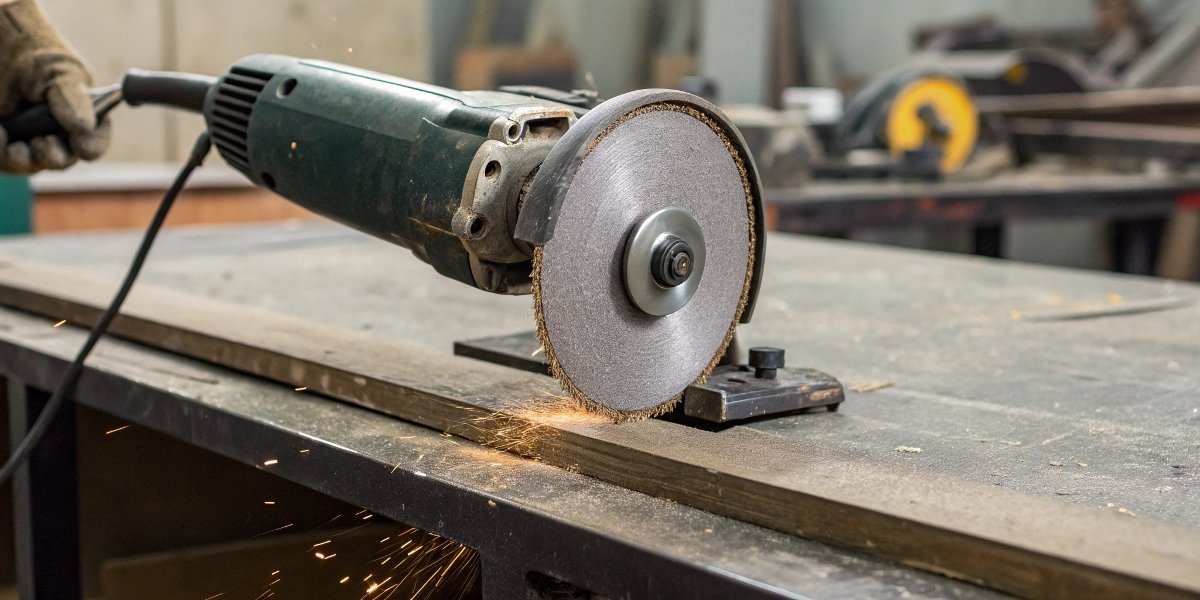
You need more cutting depth, and the bigger disc on the shelf looks like a fast solution. But forcing a disc that doesn’t belong creates a ticking time bomb, risking tool failure and severe personal injury.
No, you must never use a disc that is larger than the grinder’s specified maximum diameter. [1, 2] Doing so requires removing the safety guard and spins the disc faster than its rated speed, a combination that can lead to catastrophic failure. [2, 4]
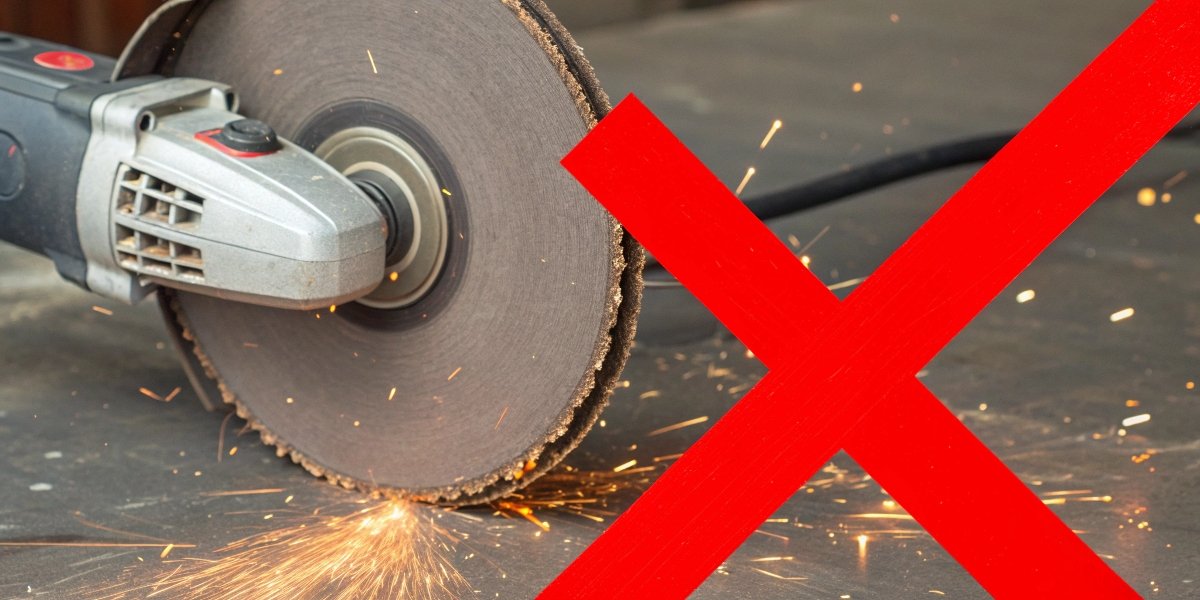
From my experience manufacturing millions of abrasive discs, I can tell you this is a rule that must never be broken. Whether it’s putting a large disc on a small grinder or a small disc on a large one, it is not appropriate. We design discs to match the specific demands of the tool. Using a mismatched disc1 is not just inefficient; it damages the grinder, destroys the disc, and puts the operator in serious danger. Our commitment at Reliable (RL) is to provide high-quality tools, and that includes the knowledge to use them safely.
Can I put a bigger disc on my angle grinder?
You’re facing a thick piece of metal, and your current disc just isn’t deep enough. It is so tempting to just grab a larger disc to get the job done faster. This is a shortcut that leads directly to danger.
Absolutely not. Using a larger disc introduces two major hazards: you must remove the safety guard, and the disc will be spinning at a dangerously high RPM. [4, 6] This is one of the most common causes of serious angle grinder accidents. [6]
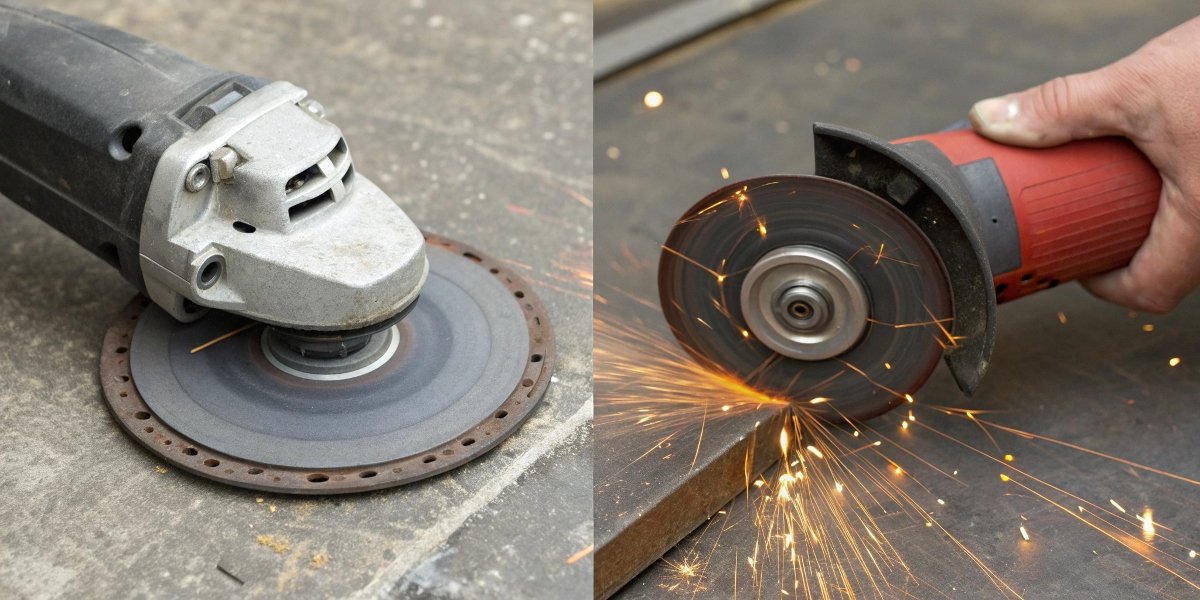
Let’s dive deeper into why this is so critical. First, the safety guard2. It’s not optional. It’s there for a reason. A larger disc simply will not fit with the guard in place, so operators are tempted to remove it. This guard is your only protection from flying debris and, more importantly, from the fragments of a disc if it shatters. Removing it is like removing the seatbelt from your car. Second is the issue of RPM3 (Revolutions Per Minute). Smaller grinders spin much faster than larger ones. A 4.5-inch grinder may spin at 11,000 RPM, while a 9-inch grinder runs at a slower 6,600 RPM. A 9-inch disc is only built to handle the stress of 6,600 RPM. When you put it on that small grinder, you are operating it at nearly double its maximum safe speed. This creates immense centrifugal force that will cause the disc to explode.
Can I use a 4.5 inch disc on a 5 inch angle grinder?
You burned through your last 5-inch disc but have a fresh stack of 4.5-inch discs. It seems like it should work, right? But using a tool outside its ideal specification is a compromise that professionals should avoid.
While technically possible from a safety standpoint, we do not recommend using a smaller disc on a larger grinder. [8, 9] It causes a significant loss of performance, wears the disc out faster, and is not an efficient or cost-effective way to work. [9]
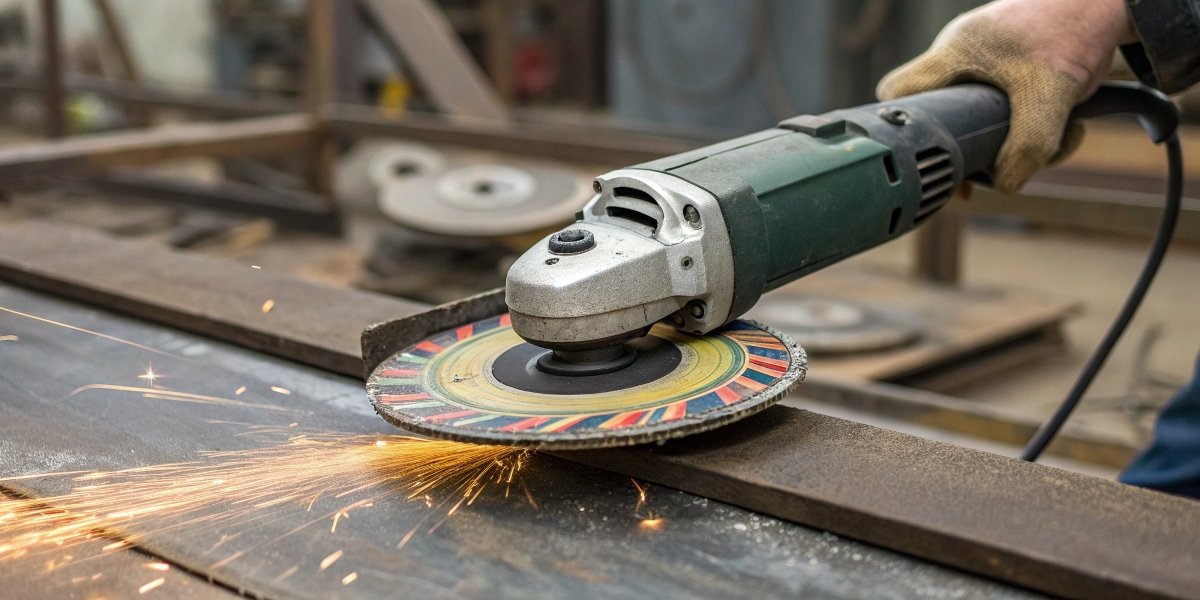
This is a very common question, and my professional advice is to stick to the matched size. Let’s break down why. From a pure safety perspective regarding disc explosion4, it’s generally okay. The smaller 4.5-inch disc is rated for a very high RPM, so the slightly slower 5-inch grinder will not spin it too fast. However, that is where the advantages end. For our B2B clients, performance and cost-effectiveness are critical. Using a 4.5" disc on a 5" tool instantly reduces your maximum cutting depth5. More importantly, the disc will feel like it is wearing down much more quickly, forcing you to change discs more often. This increases your consumable costs6 and your labor time. In a professional environment, these inefficiencies add up quickly. For optimal results, efficiency, and controlled operation, you should always use the 5-inch disc that the 5-inch grinder was designed for.
Can I use a 115mm disc on a 125mm grinder?
You are working with metric tools and have a 125mm grinder, but only 115mm discs. Is it okay to make this swap? This situation is identical to the imperial one, and the professional recommendation remains the same.
Just like its imperial equivalent, you can physically fit a 115mm disc on a 125mm grinder, but it is not recommended. [12, 13] The disc will have a lower peripheral speed, reduced cutting capacity, and will wear out much faster, making it an impractical choice. [14]
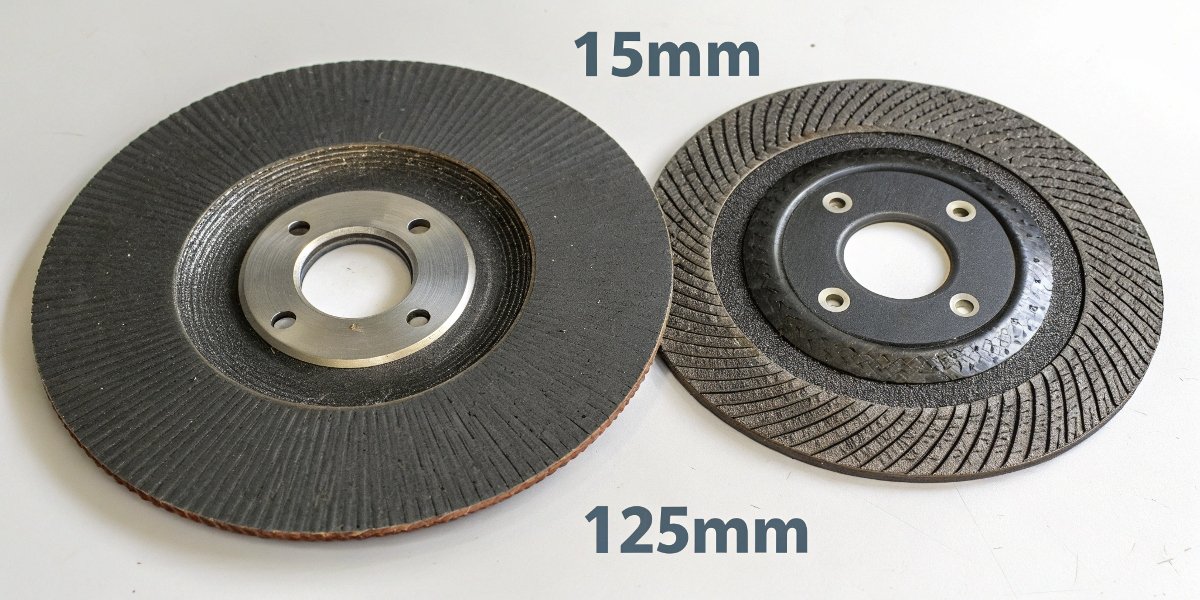
As a global supplier, we at Reliable manufacture discs to both imperial (inch) and metric (millimeter) standards for our partners around the world. The principles of physics and performance are universal. The 125mm angle grinder (the 5-inch equivalent) is designed to give you a specific cutting depth and surface speed with a 125mm disc. When you install a smaller 115mm disc (the 4.5-inch equivalent), you compromise that design. The tool will not perform as intended. You will have to push harder to make cuts, the disc’s edge will wear down at an accelerated rate, and you will spend more time changing discs than working. For any high-volume fabrication shop or construction site, this loss of productivity is a direct hit to the bottom line. It is a classic case of being "penny wise and pound foolish." Always invest in the correct size consumables for your tools.
Do all discs fit all angle grinders?
You’re a purchasing manager trying to stock up, and the variety of discs is overwhelming. It is easy to think they’re all the same, but this assumption can lead to costly and dangerous mismatches in the workshop.
No, discs are not universal. A disc must match the grinder in three ways: the arbor size (center hole), the outer diameter, and the maximum RPM rating. [16] Mismatching any of these can lead to unsafe operation or tool damage. [15, 16]
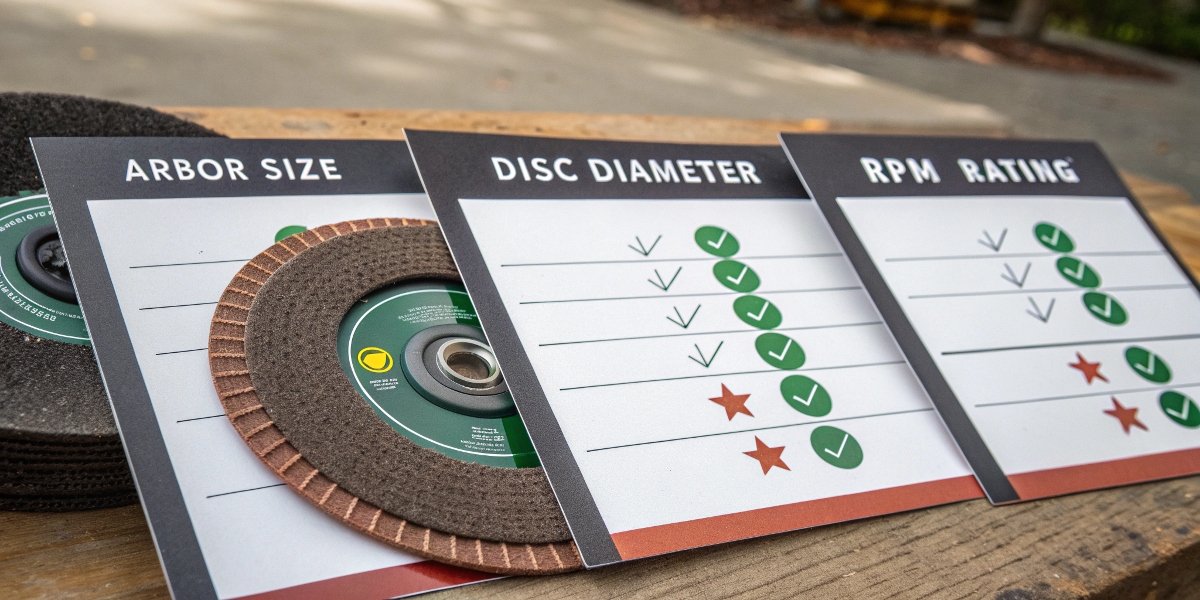
Let’s make this simple by breaking it down into a clear checklist. Any time you mount a disc, you must confirm these three things. First, the arbor size7. This is the hole in the middle. The vast majority of modern grinders and discs use a 7/8-inch (or 22.23mm) arbor, so this is rarely an issue, but you must still check. Second, the disc diameter. As we have discussed, this must match the size the grinder was designed for—4.5-inch disc for a 4.5-inch grinder, 9-inch for a 9-inch, and so on. Using a bigger disc is forbidden. Using a smaller one is inefficient and not recommended. Third, and most critically for safety, is the RPM rating. The RPM printed on the disc must be higher than the RPM written on the grinder’s data plate. This ensures the disc can handle the tool’s speed without failing. As a manufacturer, we put this information clearly on every disc.
Conclusion
Always choose an angle grinder disc that precisely matches your grinder’s required diameter and RPM rating. Using a mismatched disc, especially a larger one, is a dangerous and inefficient practice that serious professionals must always avoid.
-
Explore the risks associated with mismatched discs to ensure safe and effective tool use. ↩
-
Understanding the role of a safety guard can help you appreciate its necessity for safe operation. ↩
-
Discover how RPM affects grinder performance and safety, ensuring you use tools correctly. ↩
-
Understanding the dangers of disc explosions can help you prioritize safety in your work. ↩
-
Explore how the right disc size can optimize your cutting depth and efficiency. ↩
-
Explore strategies to minimize costs while maintaining safety and efficiency in your work. ↩
-
Understanding arbor size is crucial for selecting the right discs for your angle grinder. ↩
Written by
leeon
You may also be interested in:

How to cut hardened steel with an angle grinder?
Struggling to cut hardened steel? Using the wrong disc shatters it, wasting time and material. With the right blade and technique, you can achieve a

How were wheels used in a mill?
Have you ever seen an old watermill and wondered how that giant, slowly turning wheel managed to do so much work? It’s a powerful image
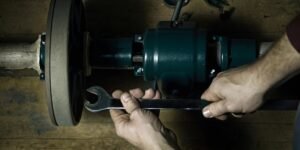
How to tighten a bench grinder wheel?
A wobbly, vibrating grinding wheel is not just annoying; it is a serious safety hazard. The instability can ruin your workpiece and the fear of

What is a finish grinding machine?
Your machined parts have the right dimensions, but their rough surface finish leads to noise, friction, and early failure. This damages your products’ reputation and
